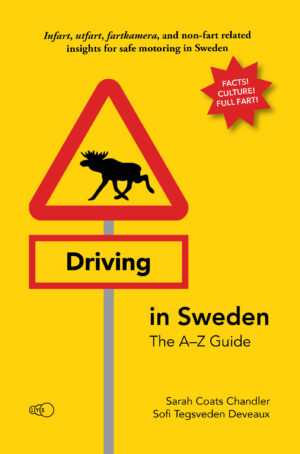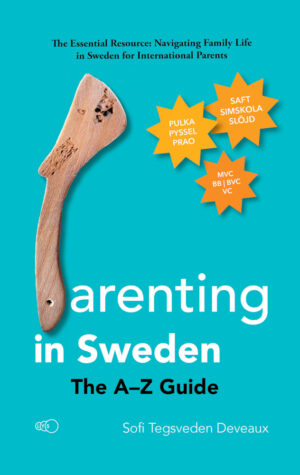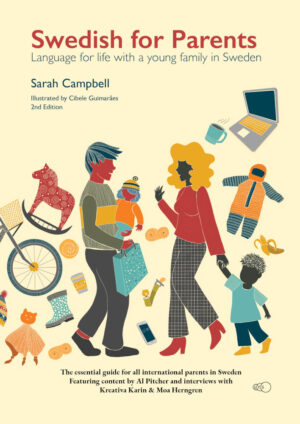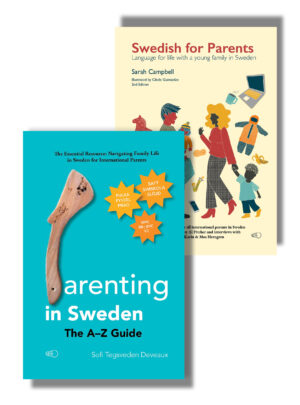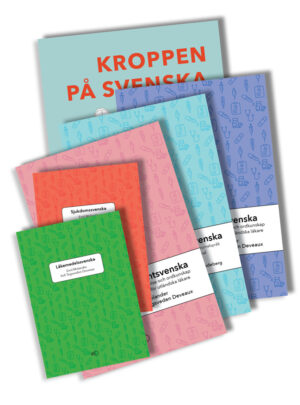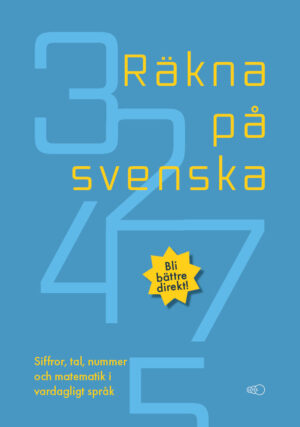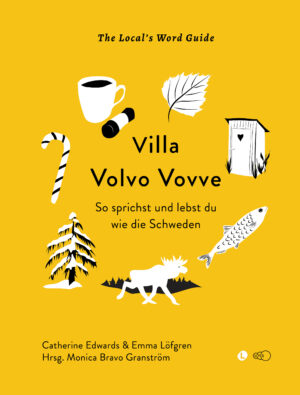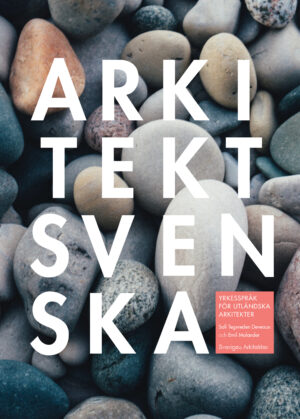Humans are inherently curious. From searching for “how does something happen” to “when will it happen”, our penchant for mysteries is endless. Mystery and crime fiction speak to our most basic instincts – survival and the thrill of survival. Hence, it doesn’t come as a surprise that most page-turner novels belong to the mystery genre. Let’s unravel the secrets of reading and how to perfect the art of writing mystery.
By the LYS editorial team
Mystery Novels
Mystery is a sub-genre of crime fiction. Usually, and especially in Nordic noir, mystery novels feature a crime. Swedish suspense fiction truly defines what mystery genre stands for. Mystery novels begin, or lead to, a crime, and follow the crime until it is solved.
Types Of Mystery
To write the most engaging thriller with a panoply of twists and turns, one must ask what sort of mystery appeals to them and the masses. Following are some questions that pop into the mind of every writer:
- Does it have to be a detective story-based mystery like that of Sherlock Holmes?
- Should it be a cozy mystery that does not have gore and reminds the reader of the great books by Agatha Christie?
- Must it follow the pattern of the most different and fascinating category of caper stories – stories told from the point of view of the antagonist!
If you wish to explore more types, you can always read scanoir and enjoy the constantly changing mystery genre.
Structure
Structures are not set-in stone; they evolve and can take any shape or form. Yet most mystery novels follow the same structure that you can follow too:
- The Crime. The crime is the riddle the protagonist sets out to untangle. Bigger the crime, more thrilling the process of solving it
- Investigation. Where the protagonist, a female protagonist perhaps, undertakes the action required to work towards solving the crime. From chasing the bad guys to following the lead, most action occurs during the investigation
- Plot Twist. Plots can be thought of different scenes in a story. Plot twist, hence, is when a particular scene changes the course of action or introduces an unexpecting twist – one that amazes the readers and lures them in!
- Breakthrough. Where the crime is nearly solved, loose ends are tied, and only the happy or sad ending remains.
- The End: Where the story ends.
Tips To Write A Best-Seller Mystery
Here are 5 tips to write the ideal mystery novel and stories:
- Lure the reader by throwing a bait. Hook the reader efficiently and pull them little by little at first and immediately later to give them an immersive ride they can’t forget. To sustain a readers’ focus, pique their interest from the very first line and introduce an exciting and novel plot.
- Set the stage. Do not just describe an action or the central plot. Stir readers’ imagination and make them fantasize what their brains have never previously thought of by setting a mysterious mood.
- Be strategic with revelations. Do not reveal all at once. Instead, reveal just enough to make the readers continue reading.
- Let readers become the protagonist. Leave clues, which are not obvious, but not too concealed either. This allows readers to use their imaginative and analytical thinking and feel themselves to be a part of the story
- Concluding. Conclude the story well. Make sure no loose ends remain and the audience finds relief. Cliffhangers can be a great way to end a story, but only if you plan on writing a sequel.
Takeaway
Writing a mystery novel is no longer a mystery; however, the art of writing the perfect mystery story lies in consistent practice, critical feedback, and an ability to determine what readers want. With our brief guide, you can have your story featured in the list of Best Books of 2021!
So, what are you waiting for?


